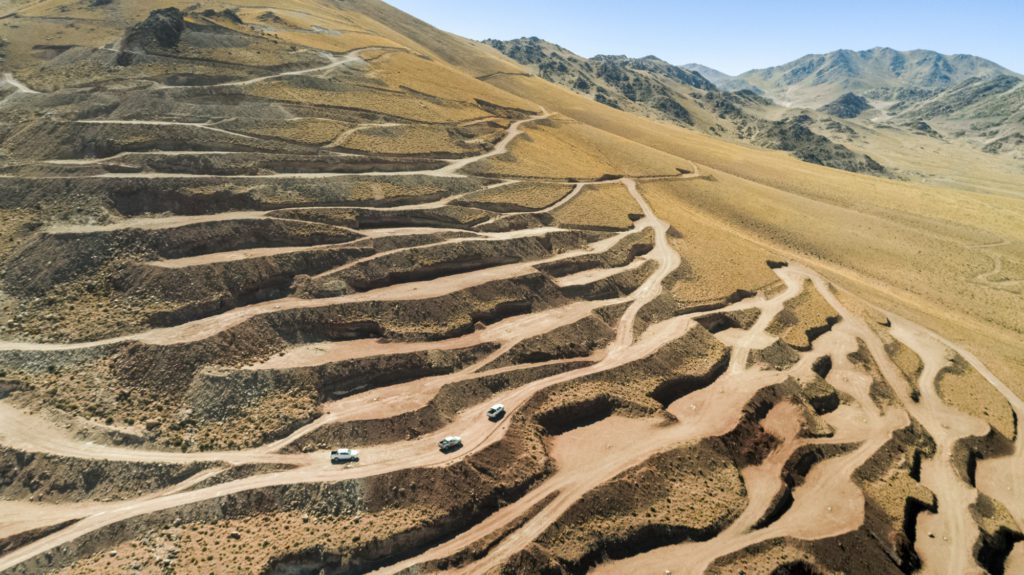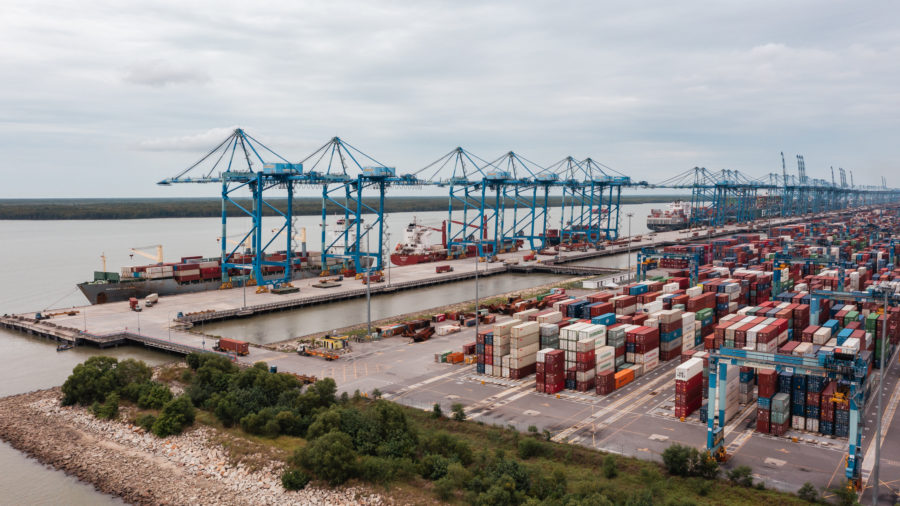AbraSilver’s Diablillos prefeasibility update raises NPV by almost half

An updated prefeasibility study for AbraSilver Resource’s (TSXV: ABRA) Diablillos project in Argentina raises the after-tax net present value (NPV) by 51% and the internal rate of return (IRR) by 13.7%, though capital costs rose by 45% over the previous report in March.
At base case prices of $2,050 per oz. gold and $25.50 per oz. silver, the NPV (at a 5% discount rate) increased to $747 million, the company said in a release on Tuesday. At current spot prices, the NPV rises to $1.3 billion with an IRR of 39.3%. The IRR came in at 27.6%.
In the earlier PFS, using lower base case prices of $1,850 per oz. gold and $23.50 per oz. silver, it delivered an NPV (at a 5% discount rate) of $494 million and an IRR of 25.6%.
“The updated PFS confirms Diablillos as an economically attractive silver-gold project, with strong economics and significant growth potential that has yet to be fully-realized,” AbraSilver president and CEO John Miniotis said in a release. “With an after-tax NPV of over $747 million and a rapid payback period, Diablillos is poised to deliver significant returns to our shareholders.”
At mid-day in Toronto, AbraSilver shares gained 3% to C$2.68 apiece, giving the company a market cap of C$338.1 million. Over the last year the company has traded in a range of C$1.30 and C$3.58.
Improvements raise NPV, costs
The company noted that the more robust NPV also came about through improved mine sequencing, including accelerated production from the shallow gold zone due to more favourable expectations of blasting permits availability, and therefore improvements to the gold grade and production during the first five years of the mine plan.
Updated capital costs, however, drove up initial capex, including contingency, by $170 million to $544 million. In addition to general cost inflation, other factors included changes to exchange rates on imported capital goods; updated labour costs; and capitalized waste stripping of $50 million due to mine sequencing changes, which were previously allocated to operating costs. At base case prices, initial capex could be repaid in two years and at spot prices, in a year and a half.
Taxes down
The study also incorporated lower corporate tax rates in Argentina, an optimized mine plan and long-term silver and gold prices.
Under Argentina’s new incentive regime for large investments passed by Congress in July, the federal corporate tax rate has been cut from 35% to 25%. The new incentive offerings include export duty exemptions on gold and silver sales and accelerated tax depreciation of plant and equipment.
The incentives offered under the new regime, also known as RIGI, apply to projects with expenditures of over $200 million, but companies must apply and qualify before the law expires in July 2026. In order to qualify, they must also spend 40% of the investment amount within two years of approval, or by no later than July 2028.
The updated taxes, royalties and export duties come to $536 million in the updated study, compared to $965 million in the prior PFS, the company said. In addition, the RIGI program offers benefits such as the removal of all foreign exchange restrictions, value-added tax (VAT) reimbursement on capital expenditures, and tax stability over the life of mine.
Diablillos, about 160 km southwest of the city of Salta, is envisioned as a conventional open pit operation with mill throughput of 9,000 tonnes per day. The mine is expected to produce 7.6 million oz. silver and 72,000 oz. of gold annually (13.4 million silver-equivalent oz.) over a 14-year mine life at all-in sustaining costs of $12.67 per silver-equivalent ounce.
The project contains proven and probable reserves of 42.3 million tonnes grading 91 grams silver per tonne and 0.81 gram gold for 123.48 million oz. of contained silver and 1.11 million oz. gold. The company said it expects to finalize a definitive feasibility study in the first half of 2026.
{{ commodity.name }}
{{ post.title }}
{{ post.date }}

Comments